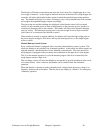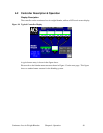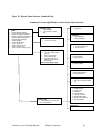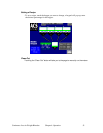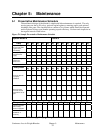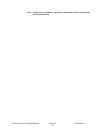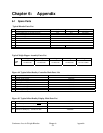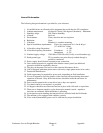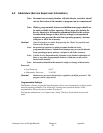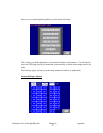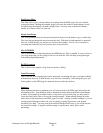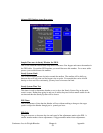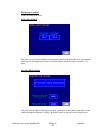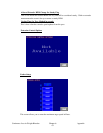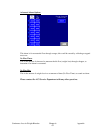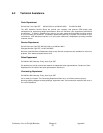
Continuous Loss-in-Weight Blenders Chapter 6: Appendix
58
Feed Factor Filter
This filter allows you to set the number of snapshots that the FIFO page looks at to find the
average deviation. Making this number bigger will cause the feeder to make changes slowly,
and decreasing the number will make changes faster. You may want to make this number
smaller on a feeder with a low feed rate.
Steady Feed Factor
This is the parameter that sets the percent deviation allowed for the feeder to give a stable flag.
The lower the percentage the more accurate the feed. With hard to feed materials or materials
that vary in bulk density you may have to increase this number. Also if a lot of vibration is
occurring that cannot be resolved you may have to increase this.
Max WTP/RPM
This is the maximum weight through put per RPM allowed. This is settable in case you have a
very large auger that you are trying to run at a low feed rate. This will help to keep the auger
from making rapid adjustments.
Re-fill Percentage
This is the level the hopper will go down to before re-filling.
Learn Percentage
This is the size of the snapshot previously mentioned. Increasing this gives you better stability
with materials that very in bulk density or do not flow consistently. Decreasing this gives you
faster updates on the FIFO page for materials that are relatively uniform.
Summary
When adjusting the above parameters you will want to look at the FIFO page and analyze the
information given. You should be able to determine from the percent deviation what changes
to make. For example if an additive takes a long time to give a steady flag you may want to
lower the Feed Factor Filter or Lower the learn percentage. When making changes do make
them one at a time and observe the FIFO page for results. Another common example is you are
running regrind through a feeder and your not getting a steady flag because your percent
deviation is too high. You may want to increase the Steady Feed Factor or you could increase
the Learn Percentage. A larger Learn Percentage is usually more stable than a small
percentage.



